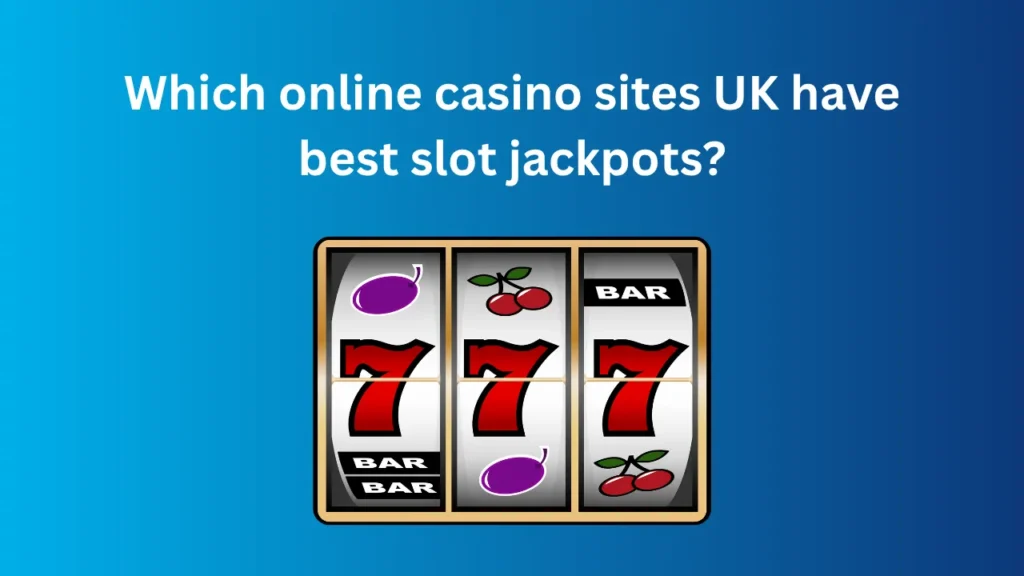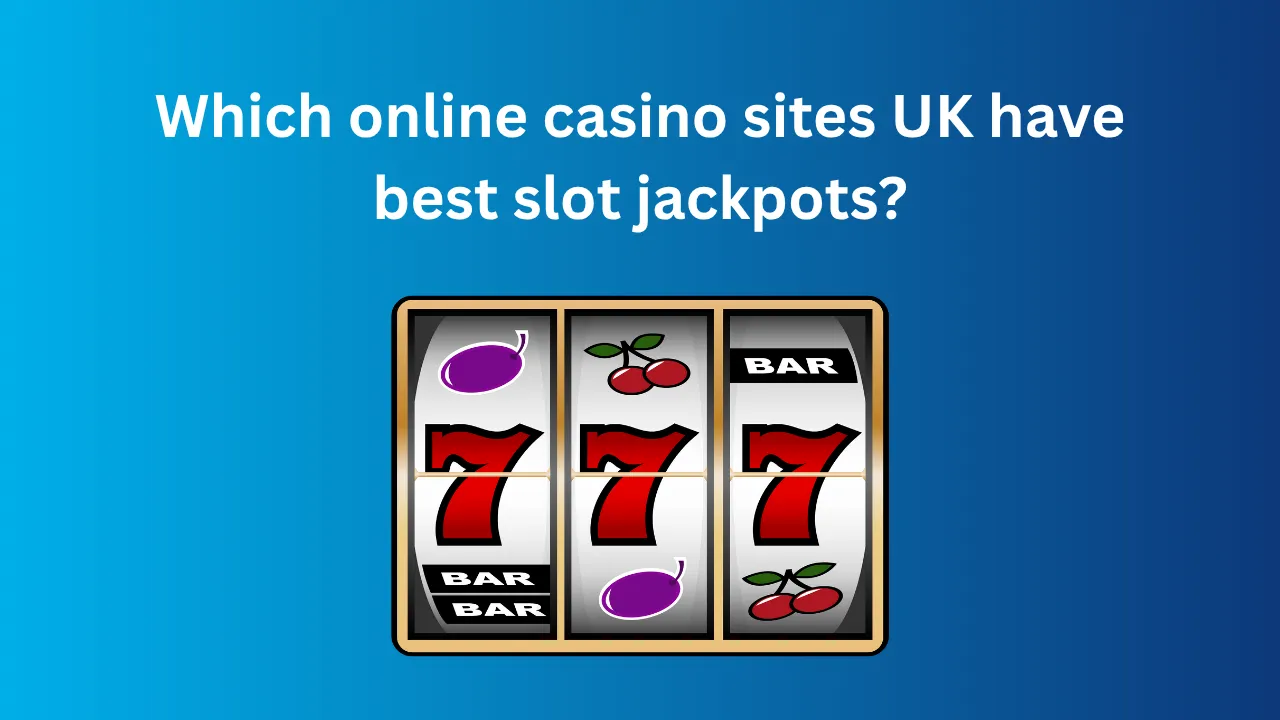Horse racing betting has been a thrilling pastime for centuries, blending the excitement of the sport with the strategic challenge of wagering. At the heart of this activity lies a critical concept: horse racing betting odds. Understanding these odds is essential for anyone looking to place informed bets and maximize their chances of success. This article will break down what horse racing betting odds are, how they’re calculated, the different types available, and how bettors can use them to make smarter decisions.
What Are Horse Racing Betting Odds?
Horse racing betting odds represent the probability of a horse winning a race and determine the potential payout for a successful bet. They reflect the likelihood of an outcome as assessed by bookmakers or the betting public, depending on the system used. Essentially, odds are a numerical way to express the balance between risk and reward. The lower the odds, the higher the perceived chance of a horse winning, but the smaller the payout. Conversely, higher odds indicate a less likely outcome but offer a larger return if the bet is successful.
For example, if a horse has odds of 3/1 (three-to-one), a $1 bet would return $3 in profit plus the original $1 stake, totaling $4. Understanding this relationship is key to navigating horse racing betting effectively.
How Are Horse Racing Betting Odds Calculated?
Bookmakers calculate odds based on several factors, including a horse’s past performance, the jockey’s skill, track conditions, and the competition in the race. These factors are analyzed to estimate the probability of each horse winning. For instance, a horse with a strong track record on a muddy surface may have lower odds (indicating a higher chance of winning) if the race day conditions are wet.
In some systems, like pari-mutuel betting, odds are determined by the amount of money wagered on each horse. The more money bet on a horse, the lower its odds become, as the total pool is divided among winning bettors. This dynamic nature means odds can fluctuate until the race begins, adding an extra layer of strategy for bettors.
Bookmakers also incorporate a margin, known as the “overround,” to ensure profitability. This means the sum of probabilities implied by the odds exceeds 100%, giving the bookmaker an edge. Understanding this helps bettors recognize that odds don’t just reflect probability but also the bookmaker’s business model.
Types of Horse Racing Betting Odds
Horse racing betting odds come in different formats, each presenting the same information in unique ways. The three most common formats are fractional, decimal, and moneyline odds. Here’s a breakdown:
1. Fractional Odds
Fractional odds, such as 5/1 or 2/5, are traditional in the UK and common in horse racing. The first number (numerator) represents the potential profit, while the second (denominator) is the stake. For example, 5/1 means a $1 bet yields $5 profit plus the $1 stake. Lower fractions, like 1/2, indicate a favorite, while higher fractions, like 10/1, denote an underdog.
2. Decimal Odds
Popular in Europe and Australia, decimal odds are simpler to understand. They represent the total payout (stake plus profit) for a $1 bet. For example, odds of 6.0 mean a $1 bet returns $6, including the $1 stake. To calculate profit, subtract 1 from the decimal odds (6.0 – 1 = 5, so $5 profit).
3. Moneyline Odds
Common in the US, moneyline odds use positive and negative numbers. Positive odds (e.g., +300) show the profit on a $100 bet ($300 profit plus $100 stake). Negative odds (e.g., -200) indicate how much you need to bet to win $100 (a $200 bet yields $100 profit plus the $200 stake).
Each format serves the same purpose but caters to different preferences. Bettors should choose the one they find most intuitive or convert between formats using online calculators.
Why Do Horse Racing Betting Odds Matter?
Odds are more than just numbers—they’re a tool for making informed decisions. By understanding odds, bettors can assess the risk and reward of each wager, identify value bets (where the odds underestimate a horse’s chances), and develop a betting strategy. For example, consistently betting on longshots (high odds) may yield big payouts but carries higher risk, while betting on favorites (low odds) offers smaller but more frequent returns.
Odds also reflect market sentiment. A horse with shortening odds may indicate heavy betting, possibly due to insider knowledge or strong recent performances. Monitoring odds movement can provide insights into which horses are gaining traction.
How to Use Odds in Horse Racing Betting
To make the most of horse racing betting odds, consider these practical tips:
Research the Field: Study the horses, jockeys, trainers, and track conditions. A horse with a strong history on a specific track type may offer value if the odds don’t fully reflect this.
Compare Bookmakers: Different bookmakers may offer slightly different odds for the same race. Shopping around can maximize potential payouts.
Understand Value Betting: A value bet occurs when you believe a horse’s chances are better than the odds suggest. For example, if you think a horse with 4/1 odds has a higher chance of winning than the implied 20% probability, it’s a potential value bet.
Track Odds Movement: In pari-mutuel systems, odds shift as bets are placed. Watching these changes can help you decide when to place your bet for optimal value.
Manage Your Bankroll: Use odds to guide your staking strategy. Higher odds may warrant smaller bets due to increased risk, while lower odds might justify larger wagers for safer bets.
Common Misconceptions About Horse Racing Betting Odds
Several myths surround odds that can mislead bettors:
“Low Odds Always Mean a Sure Win”: Favorites lose frequently. Low odds reflect perceived probability, not certainty.
“High Odds Are Always Bad Bets”: Longshots can offer value if you believe the horse’s chances are underestimated.
“Odds Never Change”: In pari-mutuel betting, odds fluctuate until the race starts, so timing your bet matters.
Understanding these misconceptions helps bettors approach odds with a clear, rational mindset.
Tools and Resources for Bettors
To leverage horse racing betting odds effectively, use these resources:
Betting Calculators: Convert odds formats or calculate potential payouts.
Form Guides: Analyze a horse’s past performances, jockey stats, and track conditions.
Odds Comparison Sites: Find the best odds across multiple bookmakers.
Betting Apps: Many offer real-time odds updates and race analysis.
These tools empower bettors to make data-driven decisions and stay ahead of the game.
Conclusion
Horse racing betting odds are the cornerstone of strategic wagering, offering insights into probability, risk, and reward. By understanding how odds are calculated, the different formats available, and how to use them effectively, bettors can elevate their game. Whether you’re a novice or a seasoned punter, mastering odds is key to enjoying and succeeding in horse racing betting. Start by researching races, comparing odds, and identifying value bets to build confidence and improve your outcomes. With practice, you’ll turn odds into a powerful ally in the thrilling world of horse racing.





